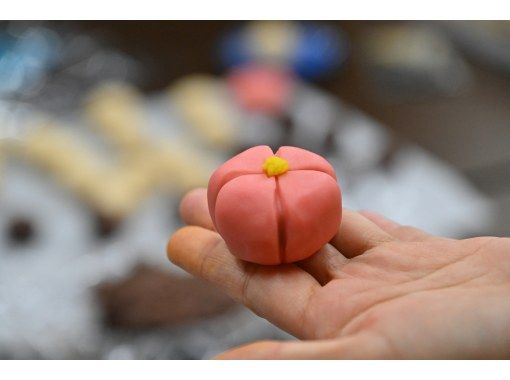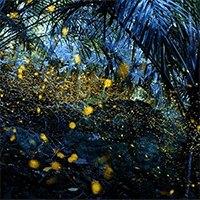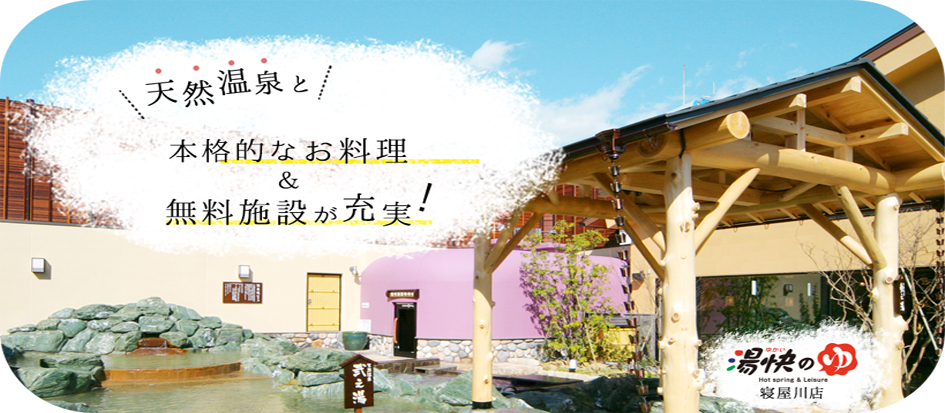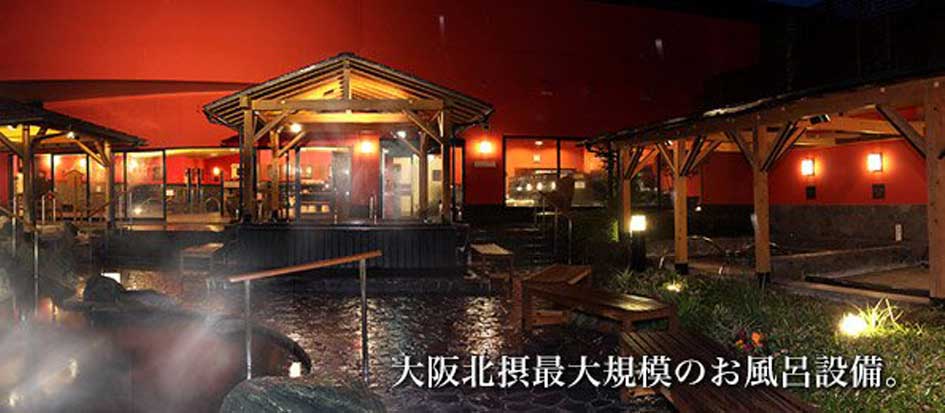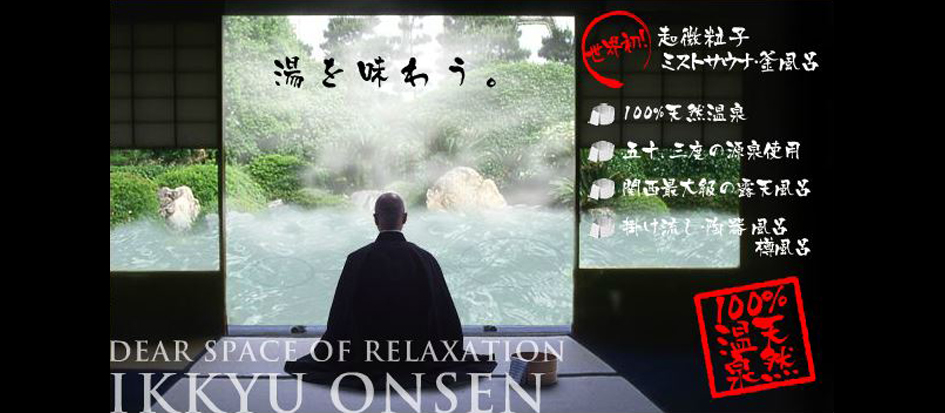【子供・子連れ】 大阪城・京橋・市内東部のお菓子作り・和菓子作り
- 6歳~75歳
- 1~2時間
- 10:00 / 12:00 / 14:00 / 16:00 / 18:00 / 20:00
-Tea Ceremony Zen is alive and well in traditional Japanese culture, and by learning the tea ceremony, you will learn etiquette, manners, beautiful gestures, and the spirit of hospitality. - Attitude Rei begins and ends with rei. This is the idea that not only the host entertains, but also the guests respond to the host and together create a sense of togetherness. - Tea Ceremony Students learn various rules. - The owner of the tea house will prepare and serve powdered green tea to the guests, who will be treated with hospitality. - You will be asked to serve tea to the guests with an awareness of the mindset and manners of the tea master. -Calligraphy Zen exists as a visual trace. Japanese calligraphy has a delicate sense of beauty, and the subtle changes in fine lines, dots, and shading enhance its beauty. -The course will begin with an explanation of the preparation and tools, and then we will practice how to hold the brush and use the tools. -Basic brush techniques such as “tome,” “hane,” and “harai” will be taught. -Choose a Japanese kanji of your choice and practice writing it according to the stroke order. -With what you have learned so far in mind, write your chosen kanji on the calligraphy paper.
- 6歳~75歳
- 1~2時間
- 10:00 / 12:00 / 14:00 / 16:00
-Wagashi is traditional Japanese confectionery that expresses the seasons. Wagashi is characterized by colorful designs and beautiful craftsmanship, each created by hand by artisans. -Learn about the history and culture of Japan Wagashi is a unique food to Japan and strongly reflects the Japanese spirit of appreciating the four seasons, and it is said to have a beauty that is similar to that of wabi and sabi. - “They are too beautiful to eat. The first thing that strikes you when you are confronted with wagashi is how beautiful they look. They are filled with a delicate and gentle charm that is immediately recognizable as handmade, expressing the four seasons. -They reflect the Japanese people's love of the four seasons and their sense of beauty. Wagashi value the “seasons” so much that we cannot talk about them without mentioning spring, summer, fall, and winter, and express the seasons through three elements: appearance (design), ingredients used, and names. - “Delicious” is written as beautiful taste. First, enjoy it visually, then imagine from the name, weave a story, and enter the world of taste. Wagashi is not something that is just served and then taken in a snap.

